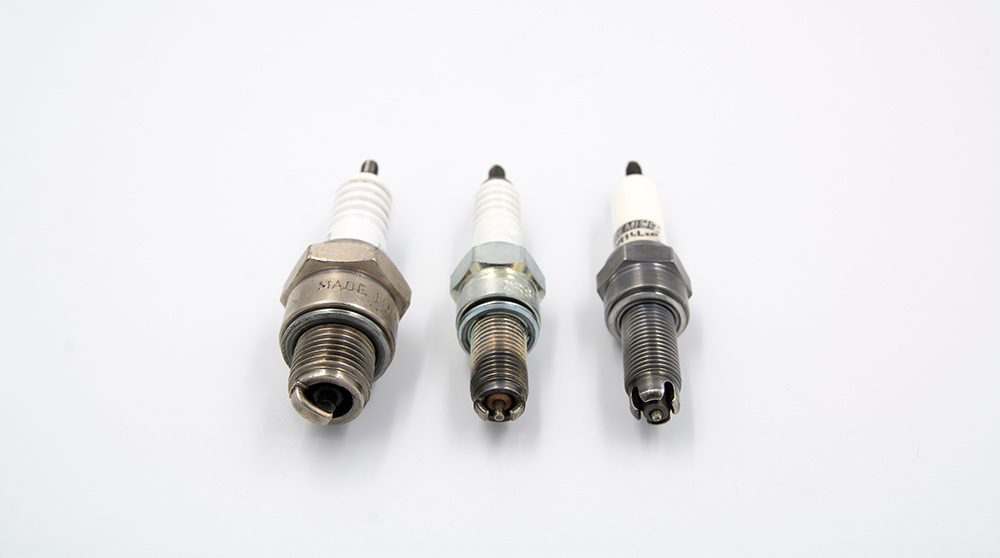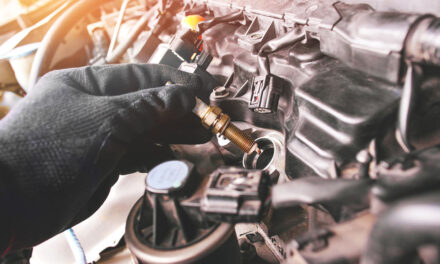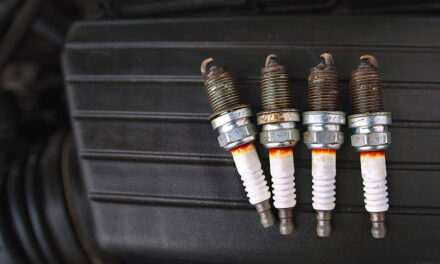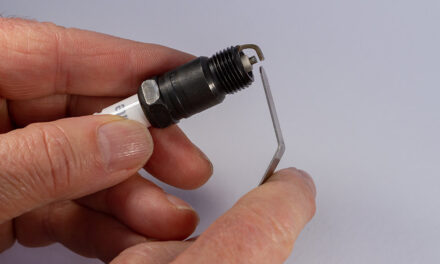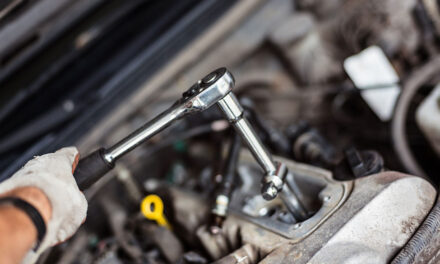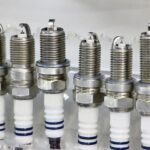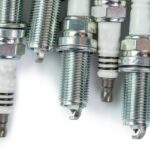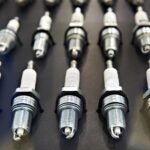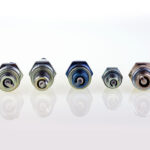Material-Based Types
Spark plugs are often categorized by the materials used in their construction, which largely determines their conductivity, durability, and ideal usage scenarios. The core material choice directly impacts the plug’s performance, lifespan, and suitability for different engine types.
Copper Spark Plugs
Description: These are the most basic type of spark plugs with a solid copper core and a nickel alloy electrode.
Advantages:
- Good conductivity.
- Suitable for older vehicles (pre-1980s).
Disadvantages:
- Shorter lifespan compared to platinum or iridium plugs.
Platinum Spark Plugs
Description: More durable than copper plugs, they use platinum for the center electrode.
Advantages:
- Longer lifespan.
- Resists engine deposit buildup.
Disadvantages:
- Less conductive than copper.
Iridium Spark Plugs
Description: These plugs feature an iridium center electrode. Iridium is harder and more durable than platinum.
Advantages:
- Extended lifespan.
- Consistent spark.
Disadvantages:
- More expensive.
Design-Based Types
Beyond the core material, the design and structure of a spark plug play crucial roles in its functionality. These designs dictate how the spark is delivered, its efficiency, and how the plug interacts with the combustion process, catering to varying engine architectures and conditions.
Single Ground Electrode
Description: The most common design where a single ground electrode extends outwards from the plug shell.
Multiple Ground Electrode
Description: Features multiple ground electrodes around the center, ensuring the spark occurs even if one electrode wears out.
Projected Core Nose
Description: The center electrode projects out from the plug, aiding in better combustion and reducing fouling.
Surface Discharge
Description: Designed for older engines without a distributor ignition. The spark happens at the plug’s outer shell surface.
Understanding the different types of spark plugs and their functionalities helps make informed decisions when purchasing or replacing them. Choose the one that aligns best with your vehicle’s requirements and operational conditions.

